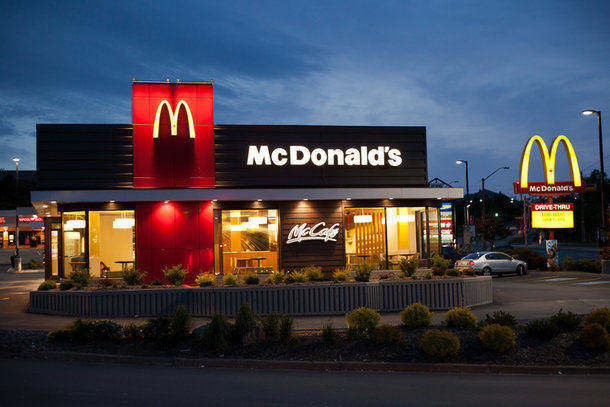Though best known for its burgers and fries, McDonald’s HQ in America says that right now, breakfast is leading sales compared to lunch and dinner.
“It’s a change,” says Christopher Kempczinski, McDonald’s CEO, on a conference call with investors and analysts on July 26. “If you remember, a few years ago, I think there were a bunch of questions about breakfast.”
In the past, fast-food breakfast was hit hard as people stayed at home during the earlier stages of the pandemic. But a few things have changed since then. More days in the office means that convenience-based breakfast items from fast-food chains have returned as well, says Robert Byrne, director of consumer insights at Technomic, a food service consulting firm.
Commuting to the office is part of a broader trend of people reverting to pre-pandemic habits, as seen with consumer behaviour towards delivery and indoor workouts—US demand for both food delivery and Peloton bikes has cooled.
Secondly, rising prices are changing how people spend. The appeal for breakfast items reflects broader industry trends of people looking for value-priced items, according to NPD, a US market research firm. In the past three months, traffic at fast-food chains had fared better during breakfast than at lunch and dinner time, according to NPD.
Fast-food chains tend to do well during economic downturns, as people shift to cheaper options rather than ditching eating out altogether. The US demand for value comes as prices there for groceries rose by 12.2% year-over-year, while food-away-from-home prices rose 7.7%, according to the latest numbers from the US Bureau of Labor Statistics.
Chipotle said, on an US earnings call this week, that while higher-income customers continue to purchase at the same frequency, low-income customers are pulling back. McDonald’s also noted that low-income customers are reaching for value offerings and fewer combo meals.








